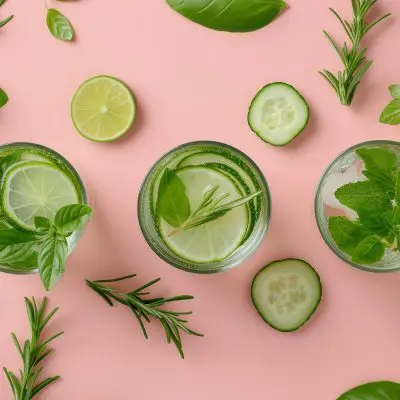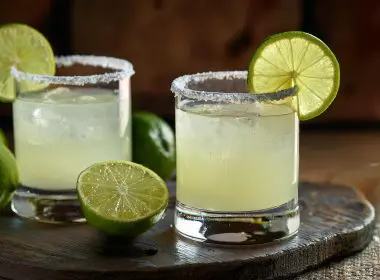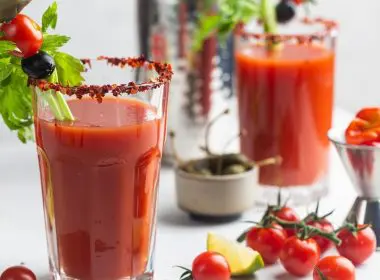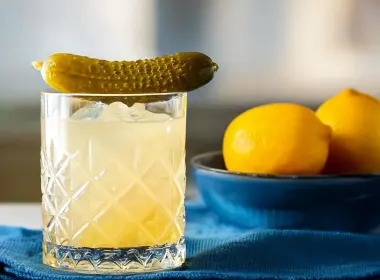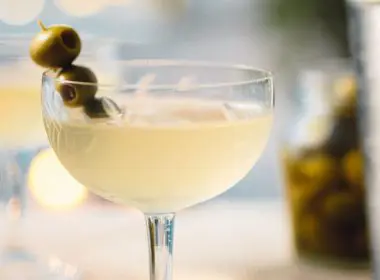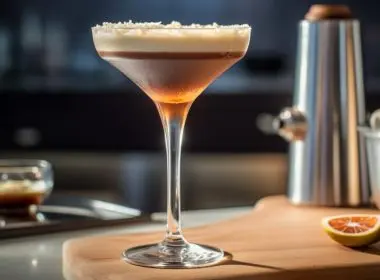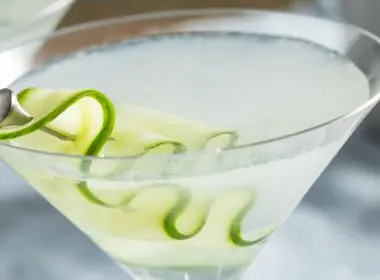The Ultimate Guide to Herbs for Cocktails
Jump to:
This comprehensive guide aims to provide cocktail enthusiasts with essential information on how to use herbs and spices to elevate their cocktail creations. From planting a cocktail garden to crafting delicious cocktails with fresh herbs, we cover everything you need to know to enhance your mixology skills, from garden to glass.
Essential herbs for your cocktail garden
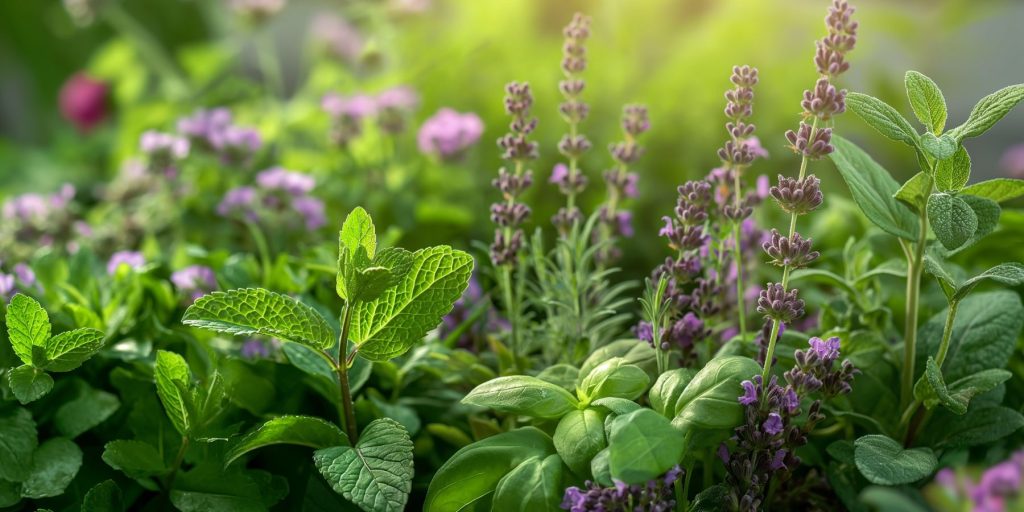
Here are the top ten best herbs for cocktails to plant in your garden if you want to shake up amazing herbal cocktails all year round:
1. Mint
A classic for a reason, mint adds an invigorating touch to many cocktails, including the quintessential Mojito and the time-honored Hugo Spritz. There are a wide variety of mint types to consider, but if you want to go with an all-rounder that’s easy to grow, try spearmint.
2. Rosemary
This woody herb is perfect for adding a touch of sophistication to cocktails. Rosemary pairs well with clear liquors and can be used as a garnish or muddled into the drink for a more intense flavor.
3. Basil
Beyond pizzas and pasta dishes, basil brings a sweet and peppery kick to cocktails. Experiment with different varieties, like Thai basil or lemon basil, for unique flavor profiles in gin and vodka drinks.
4. Lavender
Not just for sock-drawer sachets and pretty potpourri, lavender’s floral fragrance can also add a touch of elegance to cocktails. Use it sparingly as a garnish, infuse it into a syrup, or make a lavender-tinged sugar for the rim of your glass.
5. Dill
Dill’s refreshing, citrusy notes and a hint of peppery bite are perfect for adding a bright and unexpected twist to your drinks. Muddle a few fronds with cucumber and gin for a spa-day-in-a-glass sensation or use it as a garnish for an elevated take on classic clinkers like the Bloody Mary.
6. Lemon verbena
With its delicate lemon scent, lemon verbena is a lovely addition to all sorts of drinks, especially those with a summery flavor profile. It can be muddled with other ingredients or used to make a syrup.
7. Thyme
This little herb packs a big punch of flavor. Thyme’s earthy, citrusy vibe makes it a great fit for cocktails with zesty notes. Try muddling a sprig of thyme with some fruit, like blood oranges, for a unique addition to your cocktail repertoire.
Get zesty: The Best Grand Marnier Recipes, from Cocktails to Soufflés
8. Sage
Sage is not only good for epic poultry stuffing! This versatile herb can add a depth of flavor to cocktails, especially bourbon-based drinks. Try muddling a sage leaf with some simple syrup and blackberries for a delicious and smoky cocktail.
9. Cilantro
While cilantro can be a somewhat divisive herb, it can add a bright, citrusy flavor to cocktails, particularly spicy Margaritas and other tequila-based drinks.
10. Tarragon
This unique herb has hints of licorice and anise, making it a perfect complement to gin, Wild Turkey Bourbon, and other whiskeys. Use tarragon in a French 75 or a photogenic Aviation cocktail to take things to a whole new level.
With this variety of herbs at your disposal, your home cocktail garden will allow you to experiment and craft unique and delicious drinks all year round.
Fabulously Fragrant: What Are Botanicals?
Our top 5 cocktail & mocktail recipes with fresh herbs
Here are a few of our favorite fresh herb cocktails and mocktails to try at home when you’re in the mood for something amazingly aromatic:
1. Mint Julep
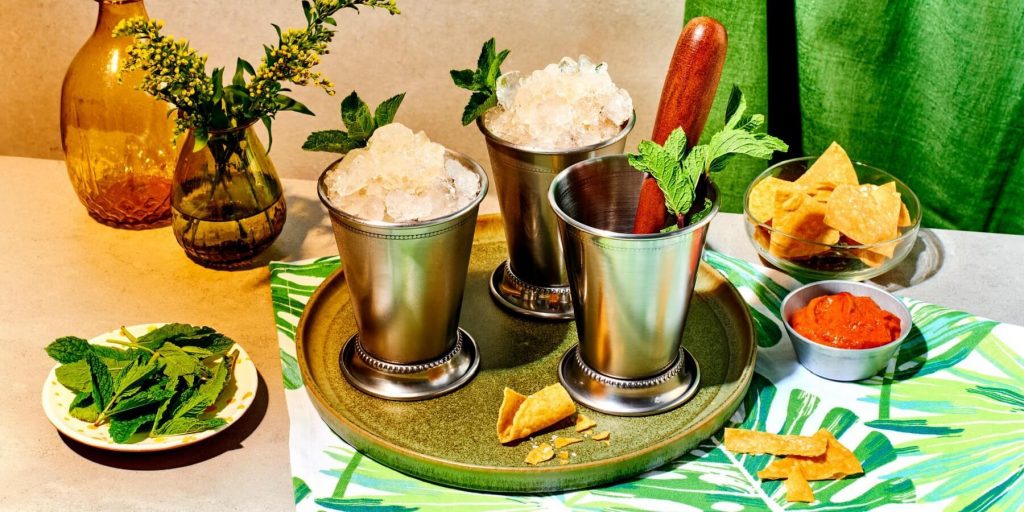
Known as the official drink of the Kentucky Derby, the cooling Mint Julep is enjoyed along the racetrack as thoroughbreds compete for the winning title each year. Made with a handful of fresh mint, simple syrup, bourbon, and loads of crushed ice, this is the perfect drink to serve during summer occasions.
Make it with: Wild Turkey 101 Bourbon Whiskey
2. Strawberry Basil Cocktail
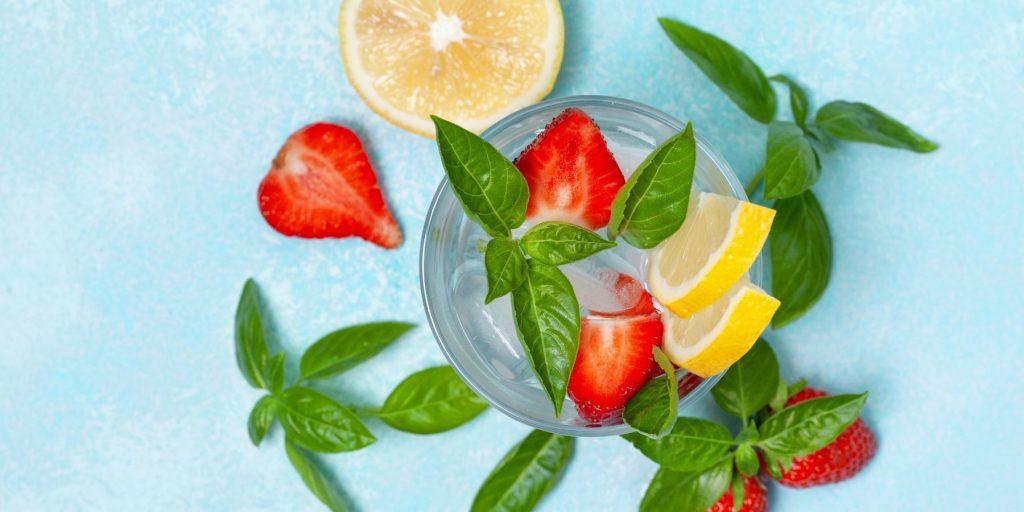
This Strawberry Basil Cocktail is made with fresh strawberries, basil, gin, honey syrup, club soda, and fresh lime. The peppery taste of basil pairs beautifully with the sweetness of the strawberries and creates the perfect cocktail for languid summers with friends.
Make it with: Bulldog Gin
3. Rosemary Lemonade
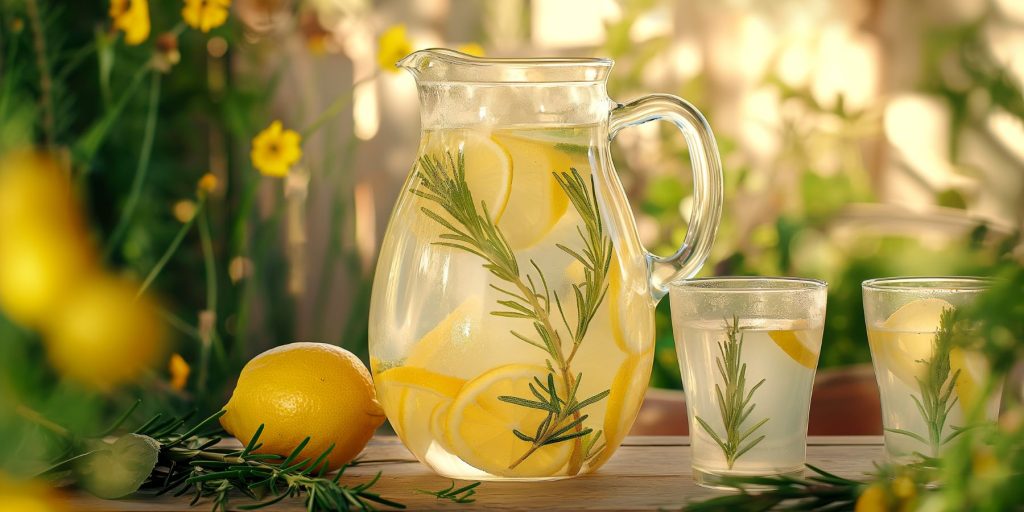
To make a batch of Rosemary Lemonade, start by making a rosemary simple syrup—you will need two cups. Once the syrup is cooled, add it to a pitcher with 1.5 cups of fresh lemon juice, 6 cups of cold water, and a few scoops of ice. Add some fresh lemon slices and let guests serve themselves. This is a great batch cocktail to make when you’re expecting a crowd, and you can add vodka to the recipe for a delicious boozy lemonade.
Make it with: SKYY Vodka
4. Lavender Tom Collins
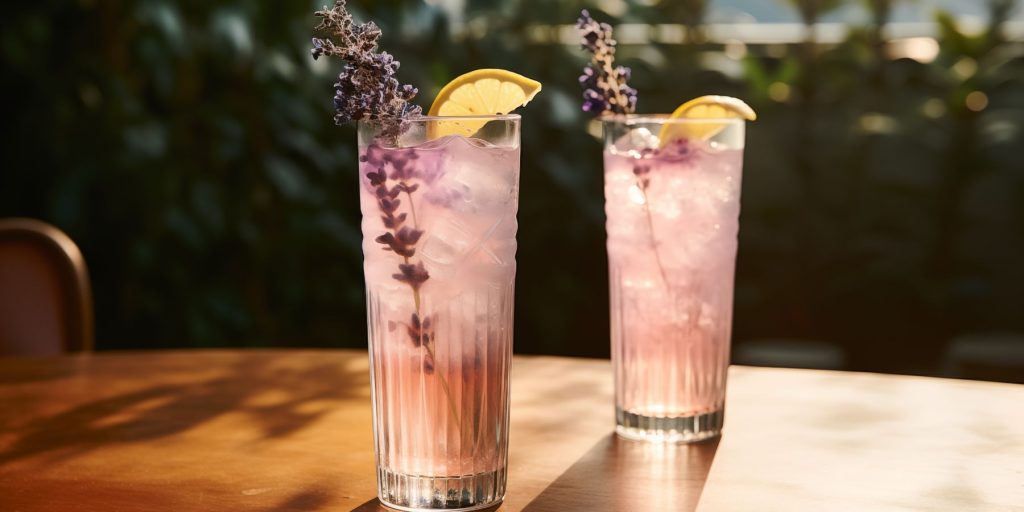
This twist on the classic Tom Collins calls for homemade lavender syrup, which is very easy to make when you follow the steps in our easy guide. Once you have this ready, add 2 oz of Bulldog Gin, 1 oz lavender syrup, and 1 oz lemon juice to a cocktail shaker with a few ice cubes, and shake until well chilled. Strain into an ice-filled Collins glass and top with club soda. Garnish with a lemon slice and a sprig of fresh lavender and serve.
5. Cucumber & Dill Cooler
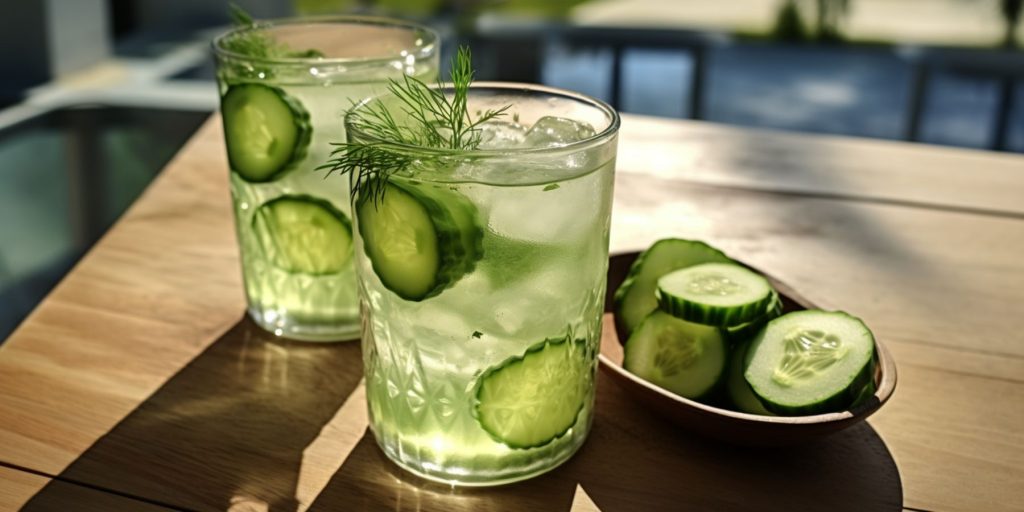
This sugar-free mocktail recipe is vegan, and very simple to make. Muddle 2 teaspoons of fresh dill, a tablespoon of lemon juice, and a touch of stevia (if preferred) in a cocktail shaker for about 20-30 seconds. Add 6 oz cucumber juice and a few ice cubes then shake well. Double strain into an ice-filled glass and top with club soda. Stir gently, garnish, and serve.
Read next: Best vegan cocktails for 2024
Tips and tricks for making herbal cocktails
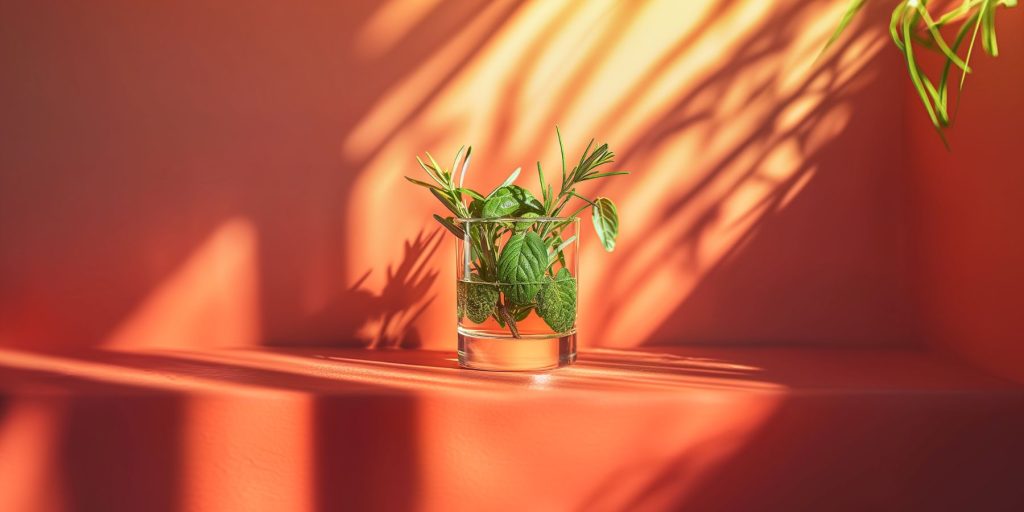
Feeling inspired yet? We thought as much. Before you whip out the cocktail shaker, here are a few insider tips that will really allow your chosen herbs to shine as the star of the sipping show:
How to muddle like a pro
Muddling herbs is not hard at all, but it does call for a light touch. The tools you’ll need to muddle herbs like mint or sage include your glass of choice, a wooden cocktail muddler, or the back of a wooden spoon.
Typically, drinks that feature muddled herbs include a small amount of simple syrup or liquid, which is muddled along with the botanicals. Ensure you muddle the herbs gently and slowly to avoid tearing them. This will release the aromatic oil from the herbs without adding any lingering bitter notes to your drink.
How to infuse liquor with herbs
- Pick your players. Choose fresh, fragrant herbs and a clear liquor (vodka or gin works well) to highlight their flavor.
- Jar it up. Add your herbs to a clean jar and cover them with liquor. Start with a small amount of herbs and adjust later. You can always add more, but you can’t take it out.
- Patience is key. Let it sit in a cool, dark place for 3-7 days, swirling it gently every now and then.
- Strain away. Strain out the herbs using cheesecloth or a coffee filter.
- Bottoms up! Your delicious homemade herbal liquor is now ready to enjoy.
Do’s and don’ts for garnishes
Do choose fresh, fragrant herbs that complement your drink’s flavors. A sprig of mint brightens a Mojito, while rosemary adds a touch of class to drinks like a Bourbon Peach Smash.
Don’t overwhelm the drink. Often a small sprig is all you need when it is used as a garnish. And remember, wash your herbs gently before using them for that perfect finishing touch.
Read next: 16 Creative Cocktail Garnish Ideas for Your Next Cocktail Night
Cultivating a Cocktail Garden
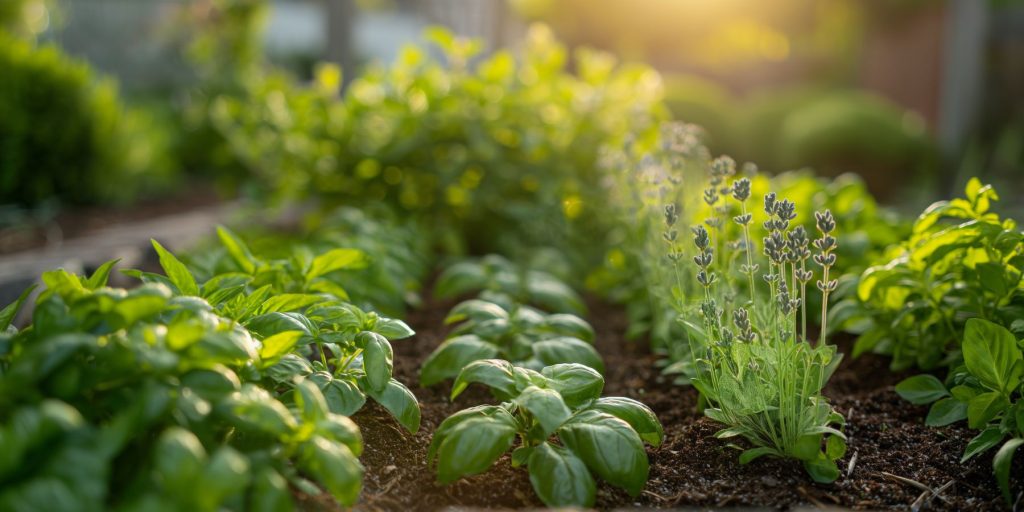
Ready to bring the freshness of homegrown herbs to your next cocktail night? Here’s a crash course on creating your very own herb haven, indoors or outdoors.
Prep the perfect pot and pick the place
- Most herbs love well-draining soil. Think loose and fluffy, instead of thick and muddy. Grab a bag of potting mix from your local nursery that has been formulated specifically for herbs or add some perlite (a lightweight volcanic rock) to regular potting mix for extra drainage.
- Typically, herbs need at least 6 hours of sunlight daily. If you are growing indoors, place your pots near a north-facing window, if you are growing outside, choose a spot that gets plenty of sunshine throughout the day.
- Pick pots with adequate drainage holes if you are growing herbs indoors or in a potted garden outside. This prevents waterlogging, which can drown your herbs. For single plants, a pot of around 4 – 6 inches is good.
- Group herbs with similar needs in larger pots. For instance, rosemary, thyme, and sage are all sun-loving herbs with similar watering needs. Spearmint, peppermint, and lemon balm are all members of the mint family, so they’ll happily share a pot. Even though these herbs can co-exist, keep an eye on their growth. If one starts to dominate the pot, you can always transplant it to its own pot or pinch it back more frequently to encourage bushier growth in the shared pot.
Water wisely
Herbs generally don’t like constantly soggy soil, but they don’t want to be parched either. Stick your finger in the soil; if the top inch is dry, it’s watering time. Indoor herbs dry out faster, so check them daily. Outdoor herbs might need a good soak every few days, depending on the weather.
Harvest with care
Harvest herbs in the morning after the dew dries for the best flavor, and remember to snip, not rip—use sharp scissors or a knife to harvest your herbs. Pinch off the top leaves regularly to encourage bushier growth and take only what you need so your plant can keep thriving. Some herbs, like basil, grow back quickly after a trim. Others, like rosemary, are slower.
To find out more about interesting ways to level up your cocktails, visit the Appleton Estate Rum, Aperol, Campari, and Grand Marnier websites for more inspiration on pouring inspiring clinkers.
